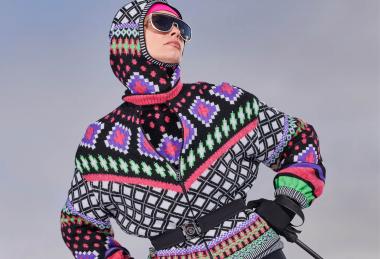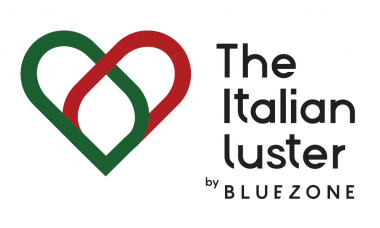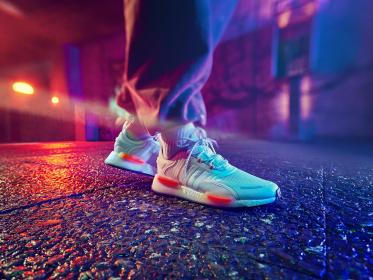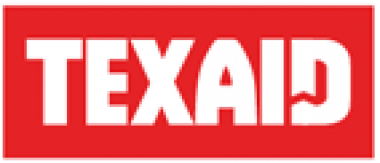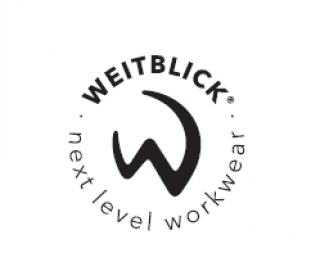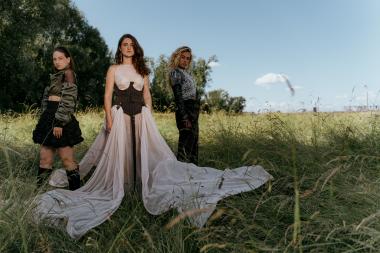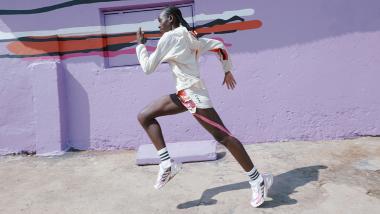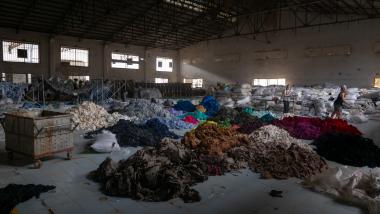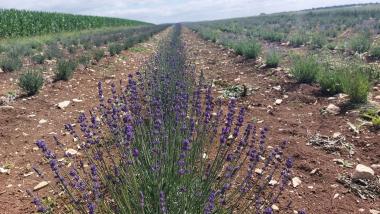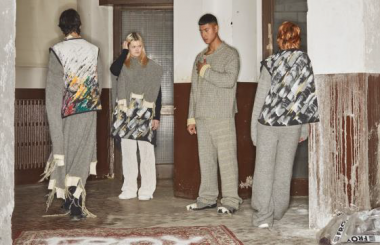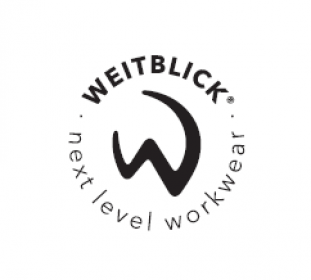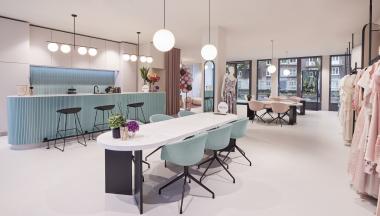BEST OF BOGNER Collection Fall/Winter 2022
- OFF TO NEW HORIZONS
BOGNER was founded on innovations and adventures. When looking back, it is to 90 years of pioneering heritage. The company celebrates the past while welcoming the future with a selection of iconic BOGNER silhouettes revived and reinterpreted.
BEST OF BOGNER Fall/Winter 2022 combines innovative craftsmanship with luxury and progress. A collection of refined looks that create a sense of loose elegance and lightness.
Luxurious materials such as Bavarian wool, high-performance stretch nylon and performance travel wool are combined with embroidery, color blocking, cable knit patterns and fringes. The result: a fashion revival with iconic, timeless silhouettes and modern, luxurious highlights.
Bogner


